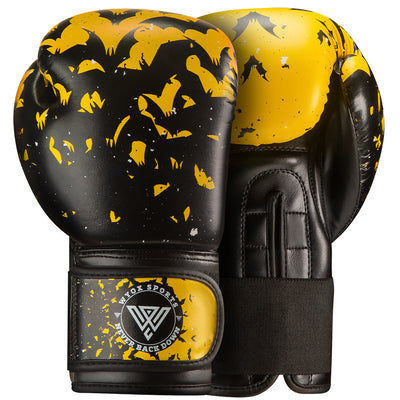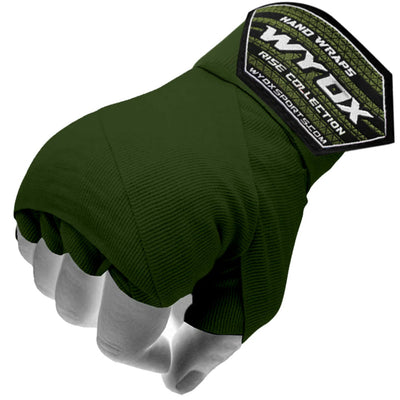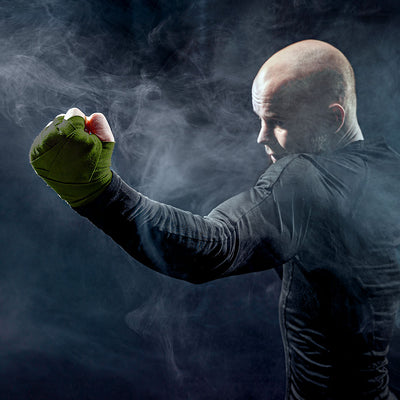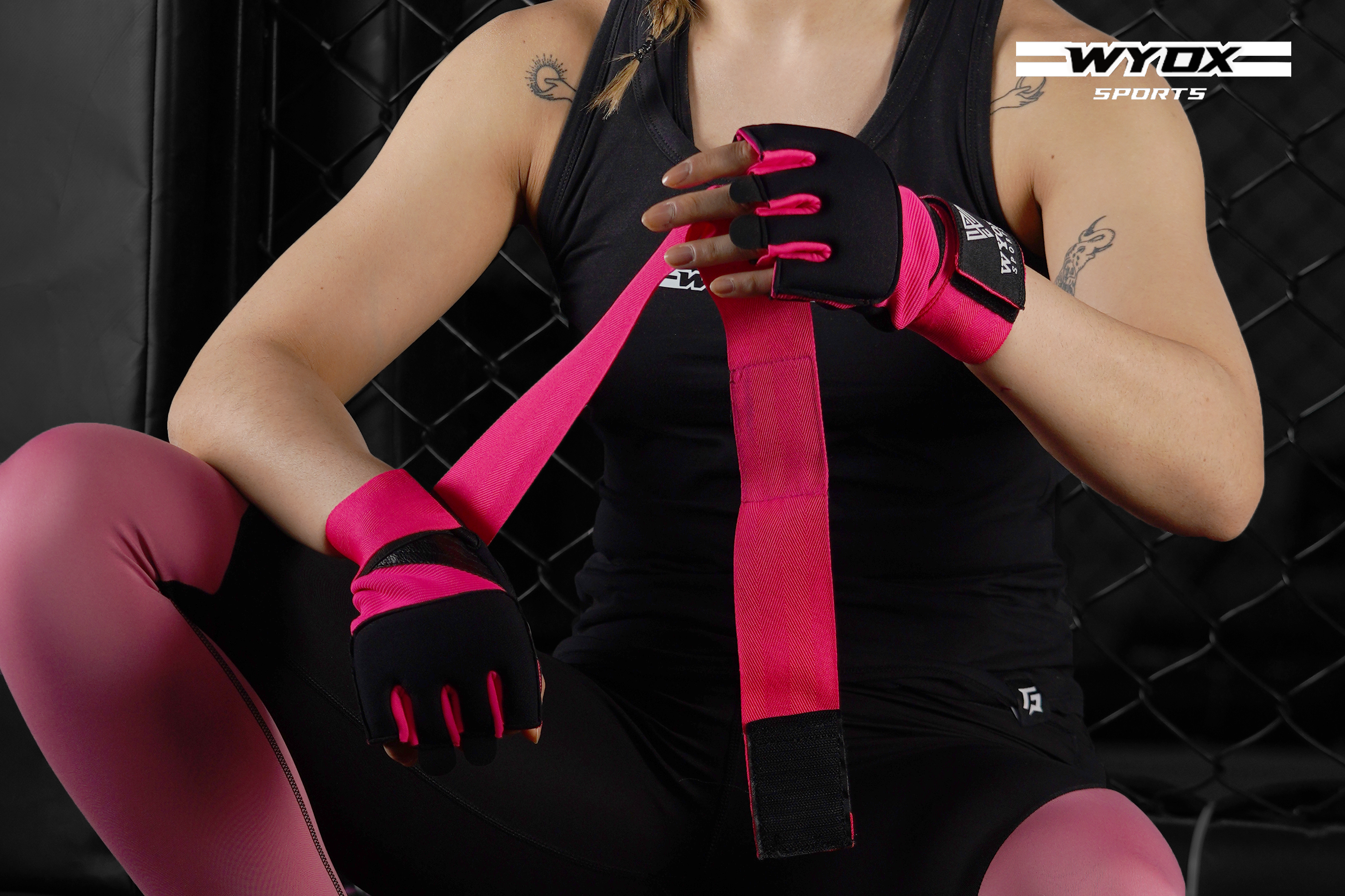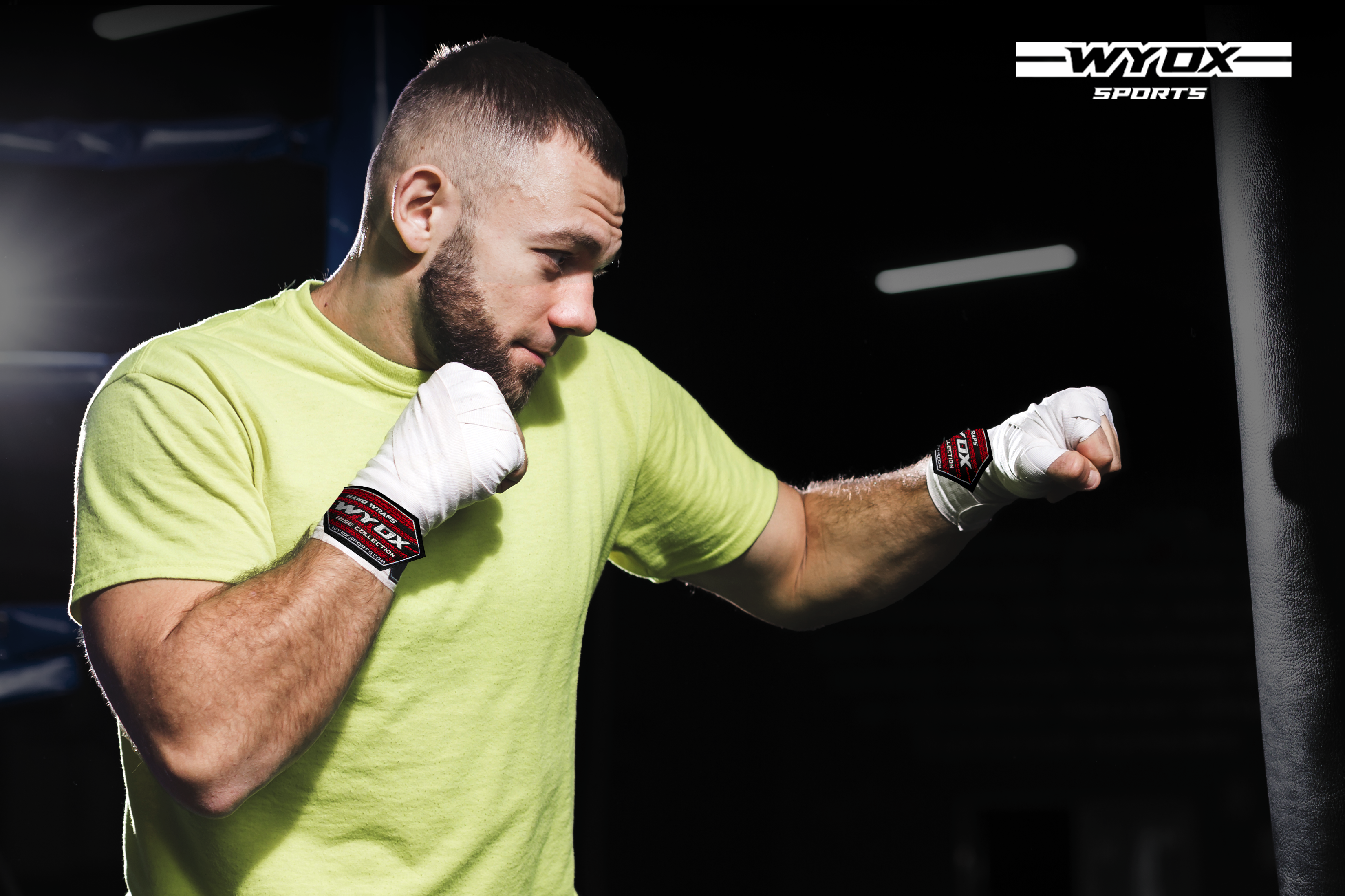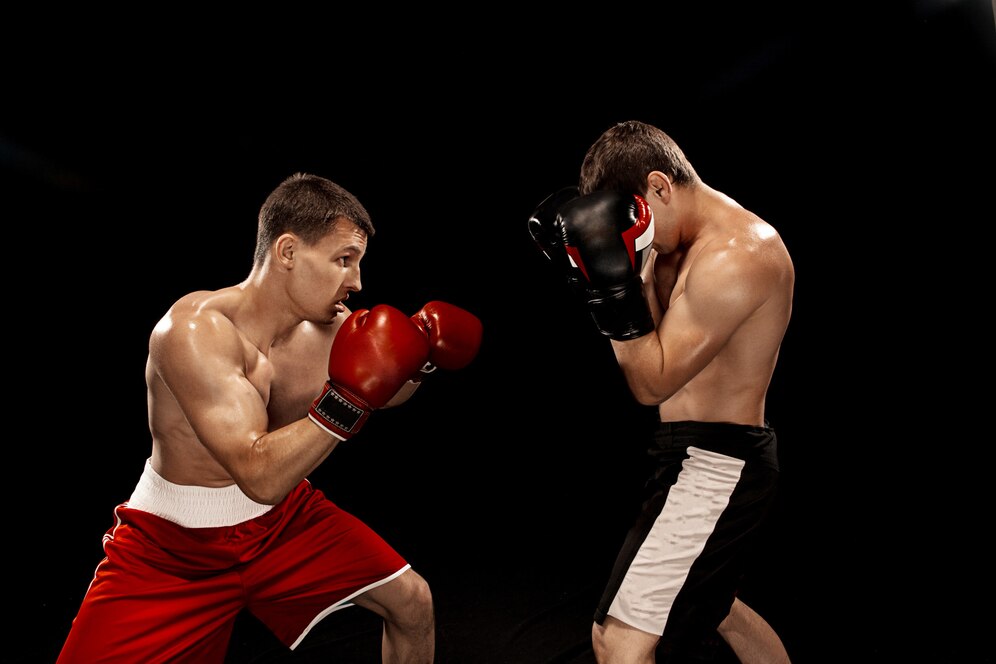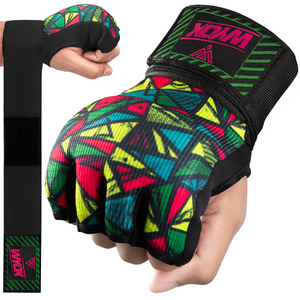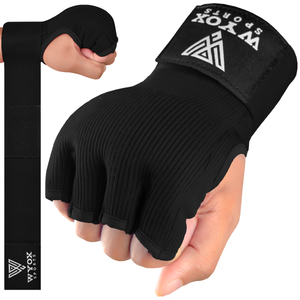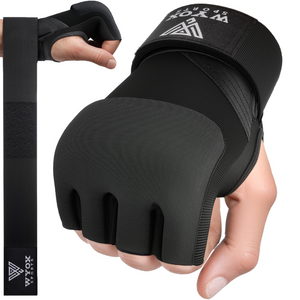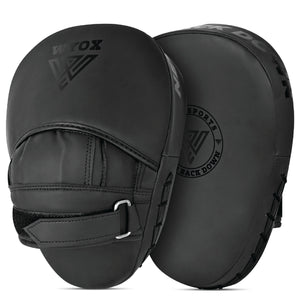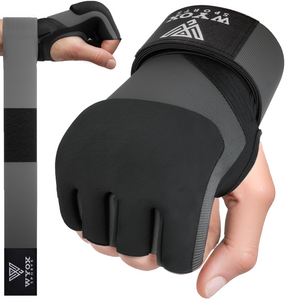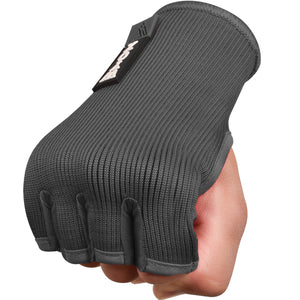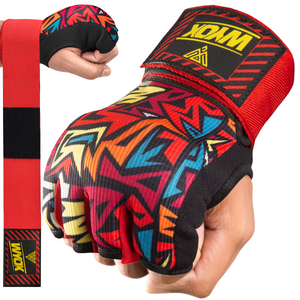Boxing is a fight sport of strategy, strength, and accuracy that entails controlling several positions. The initial element of each boxer’s reserve is a boxing stance. The primary boxer stances dominating the ring include the orthodox and the southpaw. Knowledge of the boxing stances and styles and the associated edges and implications is essential for assessing the boxer’s performance. This article intends to fully understand the details and fundamentals of boxing stances, specifically the orthodox and southpaw stances, and how both formations feed into boxing styles.
Overview of Boxing Stances
Defining a boxing stance before distinguishing between an orthodox and southpaw stance is essential. A boxing stance is a position that a boxer stands in so they can have balance, defend themself, and be in an excellent position to pack a punch. The stance determines the fluidity of a boxer’s guard and his layout for attacking and defending himself.
Effective Boxing Stances
It is worth noting that a boxer's hands and feet impact all game phases. Boxer stance is the position a boxer assumes while fighting and is closely related to balance, defense, strike strength, and strategy regarding the opponent and his fighting style. Thus, it is essential to understand how the different boxer stances promote or limit boxers' actions freely.
- Balance and Stability: In a balanced condition, the fighter converts balance from legs or abs into the punch so the fighter cannot be easily pulled down and knocked out.
- Safeguard: If skilled, arm and hand placement keeps the head and body out of reach of the attacker’s strikes.
- Attacking Power: It prevents over-swinging and applies power to all the necessary punches.
- Planning: Squares aid in planning an attack or, instead, the planning of aggressiveness and defense.
- Adaptability: Finally, while spiritual flexibility of stances leaves opponents uncertain, it decreases the emphasis one might place on particular advantages.
- Psychological Edge: Good posture increases aggression, confidence, and performance.
Before delving into more detail, you should check out some WyoxSports Boxing Equipments you need to upscale your boxing workout and training!
How to Perform Perfect Boxing Stances
Proper posture is essential in martial arts as it defines the match strength, protection, balance, and movements needed to achieve victory in boxing. Although there are no standard positions since it depends on the kind of boxer, the boxing styles can be narrowed down to orthodox and southpaw positions. Here is your complete manual for the proper boxing stances.
Orthodox Boxing Stance
The Orthodox Boxing Stance is the most conventional and widely used in boxing. Right-handed fighters use it. In an orthodox stance, the person steps forward using the left foot and puts the right foot slightly behind; the left hand will be closer to the opponent, while the right hand will prepare for power punches.
Step-by-Step Guide
Foot Placement:
- Stand with feet shoulder-width apart.
- Right foot back, left foot ahead.
- Feet parallel to the opponent at a 45-degree angle, right heel slightly off the ground.
- Distribute even weight on both feet.
- Little bent knees for flexibility and symmetry.
- Left lead hand raised to shoulder level.
- Right hand near chin for guarding or striking.
- Protect ribs by tucking elbows in.
- Pull your chin down to guard against punches.
- Maintain focus on your opponent.
- Lean slightly to reduce the target area.
- Keep shoulders flexible, keeping the left shoulder below the right.
Benefits of Orthodox Boxing Stance
- Stability and Balance: Acts as a foundation for attack and defense strategies.
- Mighty Right Hand: It permits powerful right-hand punches and hooks to the head.
- Common Usage: It is familiar to most of the boxers as well as the trainers.
Notable Orthodox Fighters
Some of the greatest fighters in boxing history, such as Muhammad Ali, Mike Tyson, and Floyd Mayweather, use the orthodox stance owed to their exceptional success in the sport.
Here’s something for you before stepping ahead! WyoxSports offers the best boxing hand wraps, kid's boxing gloves, mouth guards, and focus pads (insert link) for your ultimate protection, which you may want to ORDER.
Southpaw Boxing Stance
Southpaw Boxing Stance is the virtual opposite of orthodox boxing stances. It is employed with the right foot forward and left foot back, primarily by left-handed combatants. The right hand threatens to be closer to the opponent, while the left hand is set up for solid shots.
Step-by-Step GuideFoot Placement:
- The feet should be closed and aligned with the shoulders.
- Place your right foot forward and left foot backward.
- Feet parallel to the rival at a 45-degree angle, left heel raised.
- Compensate weight equally on both feet.
- Hold knees negligibly inclined for flexibility and counterweight.
- The right/ lead hand is parallel to the ground, and the elbow is barely bent.
- The left/rear hand is close to the left cheek for a shield or counter.
- Guard ribs by keeping elbows near the torso.
- Pleat your chin down to guard against strikes.
- Retain the optic focus on the competitor.
- Slightly lean on the upper body to downsize the target area.
- Keep your shoulders flexible, and move your right shoulder onwards.
Benefits of Southpaw Boxing Stance
-
Unorthodox Angle: It is a crucial strength being scarce, giving the firm a competitive edge.
-
Mighty Left Hand: They lead to great left crosses and hooks.
-
Confusing Opponents: That is why most of the orthodox fighters stated that they expend themselves to combat with a southpaw.
Notable Southpaw Fighters
Many left-handed boxers, including Manny Pacquiao, Marvin Hagler, and Pernell Whitaker, are well-known worldwide. Some legendary fighters illustrated the utility and advantage of the southpaw stance in their fights.
Comparing Southpaw and Orthodox Stances
Offensive Strategies
- Orthodox Fighters: Use right cross, left-hand jabs, and sequences that capitalize on the opponent’s right-handed punches.
- Southpaw Fighters: Make your competitor use their left hand for strong blows and their position to connect with occasional hits.
Defensive Techniques
- Orthodox Fighters: With their left hand guarding and repelling, they should perfect their right hand for retaliatory purposes.
- Southpaw Fighters: Use their right hand to strike, which often wrong-foots orthodox-style opponents with their footwork.
Footwork and Movement
- Orthodox Fighters: Dance in a circle starting on the opponent's right side to orient their most substantial hand for punching.
- Southpaw Fighters: Move in a counterclockwise direction and come from different angles, and the orthodox fighter has no way of adapting or predicting the Southpaw fighter’s movements.
Integrating Boxing Stances and Styles
Boxing stances and styles are not individual movements themselves. They are components of larger styles of boxing that constitute a specific fighter’s arsenal in the ring. This blog seeks to show the position of the orthodox and southpaw stances in diverse boxing styles.
Out-Boxer Style
Outboxers move fast and have more accurate punches, with the ability to dodge many solid hits coming their way.
- Orthodox Out-Boxer: Dependently on the left jab and employ the right cross as a follow-up.
- Southpaw Out-Boxer: Uses right-hand hook and left-hand cross to unsettle the fighter and ensure they cannot close in on them.
Pressure Fighter Style
Pressure fighters hope to out-press their foes by constantly piling on and fighting in their opponent’s space.
- Orthodox Pressure Fighter: Is a nonstop advance and mixes left hooks and right crosses to penetrate his opponents’ guard.
- Southpaw Pressure Fighter: Rides into their position with astonishing left hooks and uppercuts that bamboozle the rivals and overwhelm them.
Counter-Puncher Style
Boxers wait for their opponent to knock him out. The process is tactical and defensive, and they have far more effective, accurate strikes.
- Orthodox Counter-Puncher: It depends on the speed of response, with right punches to the face and left ones to the jaw.
- Southpaw Counter-Puncher: Makes good use of the unconventional position in the ring to catch the opponent off-guard with left hooks and crosses.
Common Mistakes to Avoid in Boxer Stances
The stances and styles of boxing are vital in providing balance, the ability to defend oneself, and the ability to generate powerful shots. Avoid these common mistakes:
- Incorrect Foot Placement: The foot should be placed shoulder width apart, slightly turned out at 45 degrees.
- Improper Weight Distribution: Hence, it is advisable to bend your knees slightly to try to distribute some weight on each foot.
- Low Guard Position: Hands should be at the cheek level, and the elbows should be kept in.
- Tense Shoulders: To avoid rigid movements across different joints and ensure that the moves possess fluidity, one should also relax the shoulders.
- Static Head: Effect change in head position.
- Poor Footwork: He needs to move his feet in a small and slow manner.
- Telegraphing Punches: The movements should be slow but energetic, and the changes should be made as fast as possible.
- Ignoring Defense: Sweet talk tempered by a good defense.

